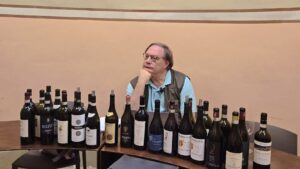The Church Road winery has existed since 1897, making it one of three oldest wineries in New Zealand. To help you put that in perspective, that was even before the country became officially independent (judged by the Montevideo Convention criteria, New Zealand achieved full de jure statehood in 1947,with its inhabitants becoming New Zealand citizens as of 1948; prior to that, they were British citizens). In other words, Church Road has seen a lot, including two world wars and the big, devastating earthquake of 1931 that destroyed the town of Napier (where the Church Road winery is located). Still located there, it has also experienced the rapid construction that followed, with the intense rebuilding process turning Church Road from a suburban winery (the winery was once situated at the edge of the city) to an urban one (thanks to urban sprawl, the winery is now surrounded by other buildings with many locals who live and work there). Over that time span, much changed relative to New Zealand’s wines too: after all, Church Road was born at a time when the country was making mainly fortified sweet wines, not the high-quality dry whites and reds that are New Zealand’s wine calling card nowadays. Church Road has also played an important role in bringing about this change: it was Tom McDonald, one of the winery’s former owners, who in 1949 introduced the country’s first ever Cabernet Sauvignon wine to the market.

Clearly, while the glories of history are always good, the significance of any modern company is dependent on how well it adapts to changing times. It’s fair to say Church Road, though not without understandable hiccoughs, has done so very well. Just like many other old wineries all over the world that did not have the luck to be in one family for generations, Church Road too has gone through several ownerships, leading to periods of ups and downs. But all’s well that ends well and the winery has been under the ownership of a stable and powerful wine group, Pernod Ricard, since 2005. The positive effects of such stability are reinforced by the technical staff being long-serving too: for example, chief winemaker Chris Scott has been working at the winery for almost twenty-five years. This has led to Church Road becoming known for the production of many well-liked, sought-after, excellent wines: in fact, Scott has won the New Zealand Winemaker of the Year title awarded by WINESTATE magazine five different times.
The first time I tasted the wines of Church Road was back in 2011, through a field trip to Hawke’s Bay organized by New Zealand’s Lincoln University (where I studied viticulture and oenology and earned my degree). At that time, the winery was heavily looking into wild ferments and how to best manage them; hence, the tasting that time revolved mainly around various Chardonnay wine trials and the different usages of wild yeasts. But much like the town of Napier itself, much has since changed at the winery too: thirteen years later, wild ferments “yes or no” is no longer a hot topic in the wine industry, but Church Road has remained at the forefront of research and development. This dedication to quality was driven home to me once again when I while tasting a series of Church Road wines from the latest and recent vintages. My tastings showcased not just how good the winery’s Chardonnay wines have become, but also had other pleasant surprises in store.
Hawke’s Bay, home of Church Road
Church Road winery plants its grapevines and makes its wine in the Hawke’s Bay region of New Zealand. The region is situated along the central-eastern coast of the North Island. It is the second-largest wine region in the country by volume; and with its cool maritime climate and gravel soils, it shares noteworthy similarities with Bordeaux. Despite its coolish seaside location, Hawke’s Bay is generally blessed with a warmer macro-climate (and many different meso- and micro-climates), moderated by its proximity to the sea. In fact, Hawke’s Bay has the warmest and longest grape-growing season of all New Zealand viticultural zones (Hawke’s Bay is also one of the sunniest regions in the country); heat-accumulation indices show Bordeaux varieties can ripen fully there. Furthermore, the region’s central plateau provides shelter from any wet weather coming in from the west coast. And so, it was not by chance that Tom McDonald decided to launch the country’s first Cabernet Sauvignon wine from there: while that might not have made much sense elsewhere in generally cool-climate New Zealand, it wasn’t an unreasonable step to take in Hawke’s Bay.
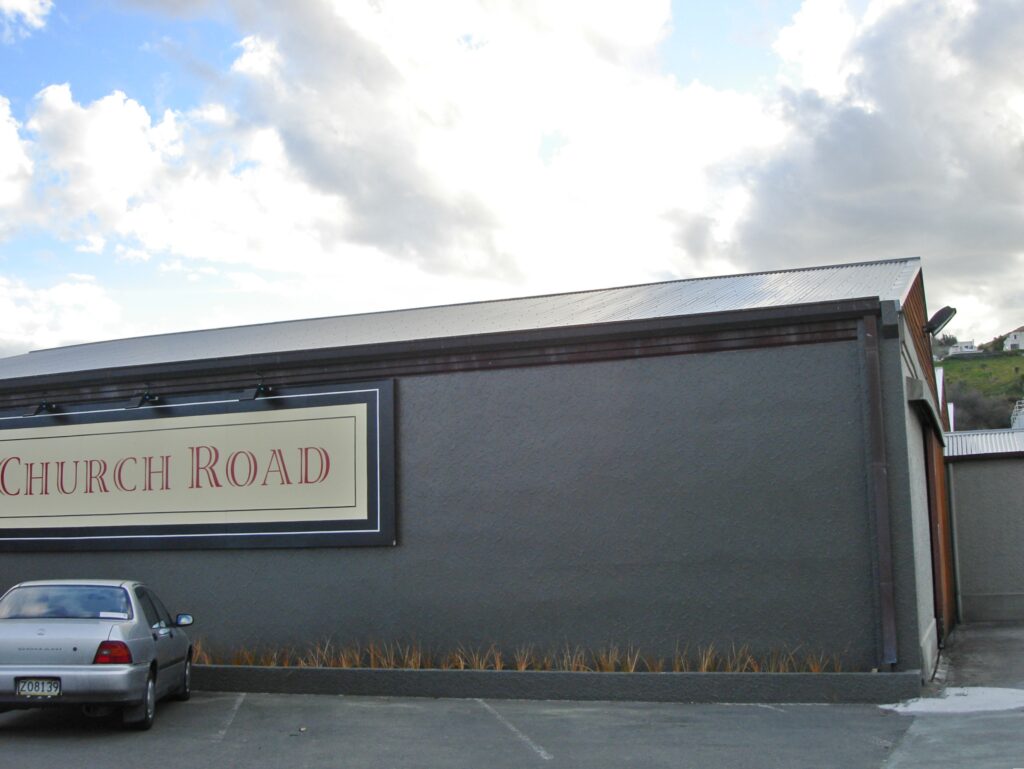
Internationally, the thunder of New Zealand wines mostly still belongs to the country’s famous Sauvignon Blanc wines and increasingly its Pinot Noir wines, and the lack or paucity of Sauvignon Blanc and Pinot Noir production caused the wine spotlight to shine away from Hawke’s Bay. However, the rising reputation of the country’s Bordeaux Blends and cool-climate Syrah wines, mostly all due to Hawke’s Bay, means that perceptions have begun to shift and awareness of the region and its wines has grown steadily of late.
There are three major towns in Hawke’s Bay: Napier, Hastings and Havelock North. Vineyard plantings now dot the countryside and have reached areas far removed from those near these three towns, with vineyard locations ranging from very close to the coastlines to farther inland, close to the mountains. It’s this combination of varied topography, great soil diversity (at least 25 different soil types, similar to Bordeaux), and wealth of aforementioned meso- and micro-climate that provides Hawke’s Bay with the possibility of creating many sub-regions, giving its winemakers a lot of choices in terms of grape and winemaking. But this also creates a ‘happy’ burden for all involved, meaning they must choose carefully in order to make to best of this complex combination. Clearly, for market needs, one can still find Sauvignon Blanc and Pinot Noir wines from Hawke’s Bay, but as wineries there have more choices when it comes to possibly working with other grape varieties, Hawke’s Bay wineries can offer wine lovers all over the world a wider range of wines from which to choose (compared to many other New Zealand outfits that logically focus on what their specific territories are best-suited for).
The vineyards of Church Road
Church Road winery has several vineyards. The finest grapes are picked mainly from four vineyards planted in three subregions. These are: the Tuki Tuki vineyard and Terraces vineyard in the Lower Tuki Tuki Valley (close to the ocean, it is from these two vineyards that the winery’s best white wines are usually made); Redstone vineyard in the Bridge Pa Triangle subregion and the Gimblett vineyard in Gimblett Gravels subregion (from where full and rich red wines are made).
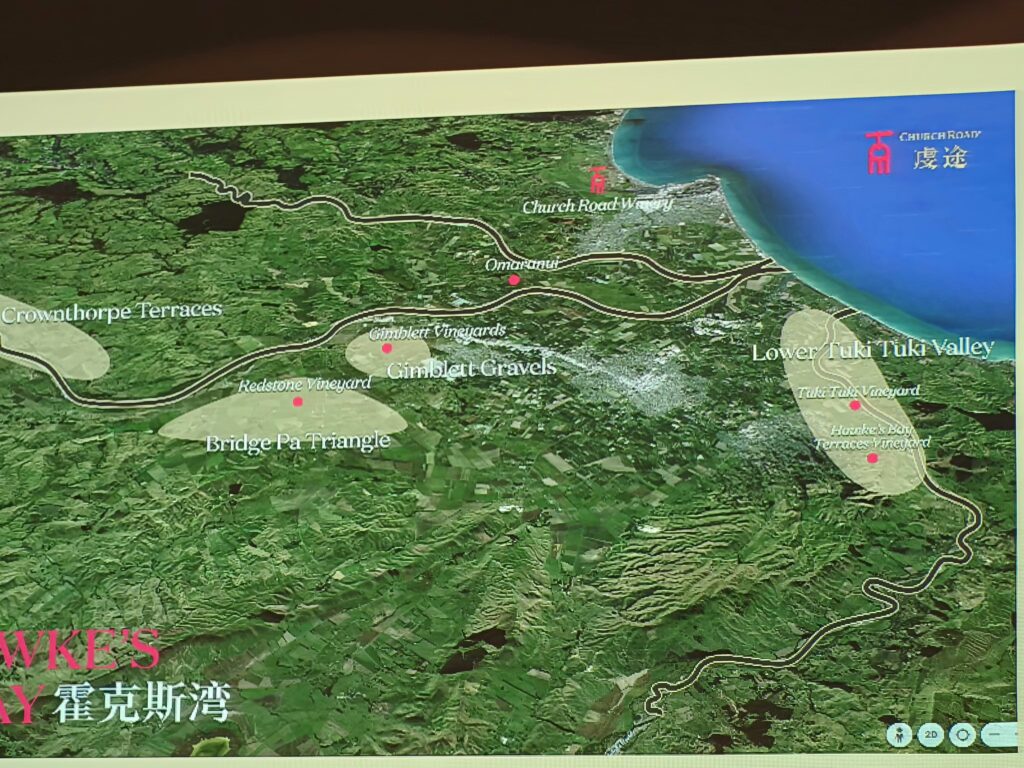
Tuki Tuki Valley is the coldest subregion of them all, with the sea breeze blowing in the afternoon to cool vineyards down during growing season. It certainly helps the white grapes retain their acidity, freshness and aromas. The valley has a limestone-influenced soil which is also important in shaping the characteristics of the wines from there. The grand reserve and high-end TOM series Chardonnay wines of Church Road are always made with grapes from this subregion. Redstone vineyard is characterized by a relatively older, red clay-rich soils that tend to make fuller red wines. Some of the winery’s Merlot and Cabernet Sauvignon vines are grown here. The Gimblett vineyard lies in the hotter (both as in temperature and market value) Gimblett Gravels subregion, which has one of the youngest soil types in Hawke’s Bay (in 1867, the area was still under water!). But when the Ngaruroro river changed its course following a flood in 1867, it dumped its heaviest loads of gravel around the Roy’s Hill area where the Gimblett Gravels subregion is located. Just imagine that up until the late 1980’s, the area was regarded as the poorest, least productive, land in Hawke’s Bay: farmers referred to the place as “three acres to feed one sheep and no hope of growing a decent crop of anything.” A concrete company went as far as purchasing 150 hectares of land here in 1988 just to mine for gravels.
However, it doesn’t take a wine professional to realize that words like “infertile, dry, stony, (relatively) hot…” actually all sound like good things when it comes to making wines. Nowadays, armed with a better general awareness of and knowledge about how to make wine, and therefore what to look for in potential wine production areas, everybody recognizes that the Gimblett Gravels area is drier than other areas in Hawke’s Bay, and that is a potentially very good thing for specific grape varieties. During summer days there, the daily maximum temperature can be 2-3 degrees Celsius warmer than other Hawke’s Bay and New Zealand wine zones (and clearly, the gravels also help heat last longer into the evening, capturing heat at the height of day to release it back to the vines later at night). Chenin Blanc and Müller-Thurgau had been grown in small quantity in the 1970’s, and already back then it was obvious the two ripened earlier there than in other New Zealand areas. C. J. Pask was first winery to plant Cabernet Sauvignon on Gimblett Gravels in 1981, with others following gradually after that, and now the subregion boasts about 800 hectares in total. Not just Church Road winery, but other wineries in this region also make some of the best red wines from vineyards in this subregion.
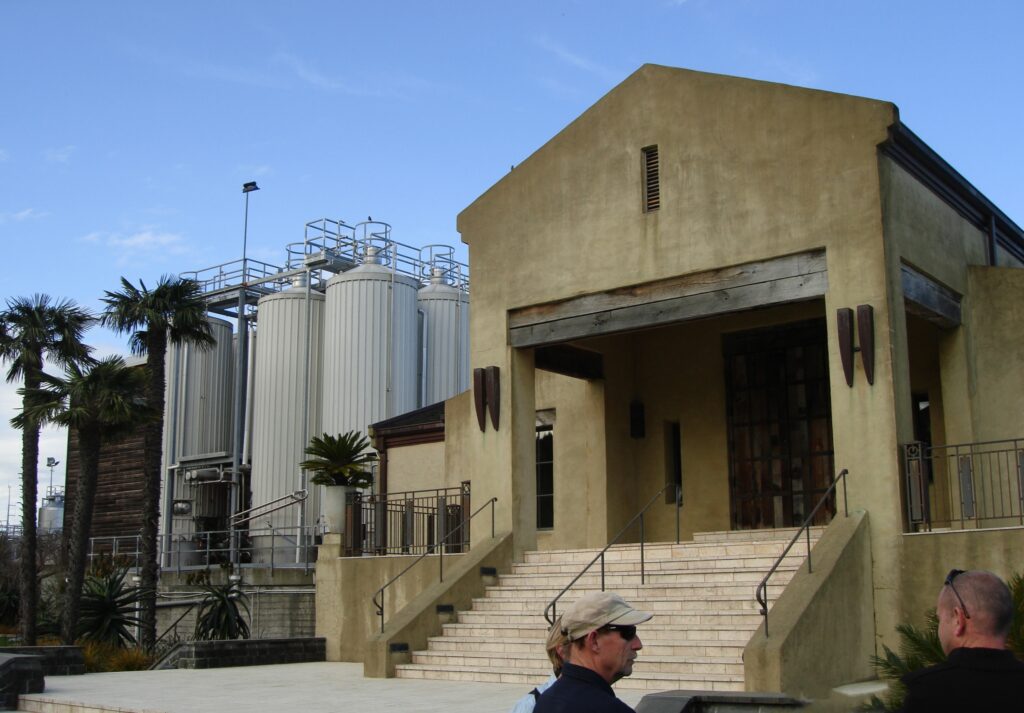
Boutique winemaking in a large winery
Looking at the size of Church Road winery, it’s definitely not as big as other wineries like Brancott or Jacobs Creek that are also part of the Pernod Ricard brand. But, it’s also not small enough to qualify as a boutique winery. However, it can play the role of a boutique winery while being part of a bigger company. In fact, “boutique winemaking within the confines of a large winery”, was another topic during that field trip of my university days.
Many big wine brand companies function in such a way so as to have smaller brands within their galaxy of wine estates that are run like small boutique wineries. Church Road is one of them. Looking at all the many wines it makes, these are divided into six different collections (tiers), where the range runs from the most common Church Road line of wines, to the McDonald series, the Gwen, and up to more high-end grand reserve, the single vineyard and single variety ONE series (Church Road 1), and the TOM series, which represents the very top tier of wines at Church Road (but not made every year). Each collection or line of wines boasts bottlings made with several different varieties, including Chardonnay, Merlot, Cabernet Sauvignon, Syrah to Sauvignon Blanc, Pinot Gris, and Malbec. Admittedly, not all of the wines are made to be outstanding, some may just be intended for local and foreign grocery markets, but all are made to reflect the grape variety and offer a good, well-made wine often at a very affordable cost.
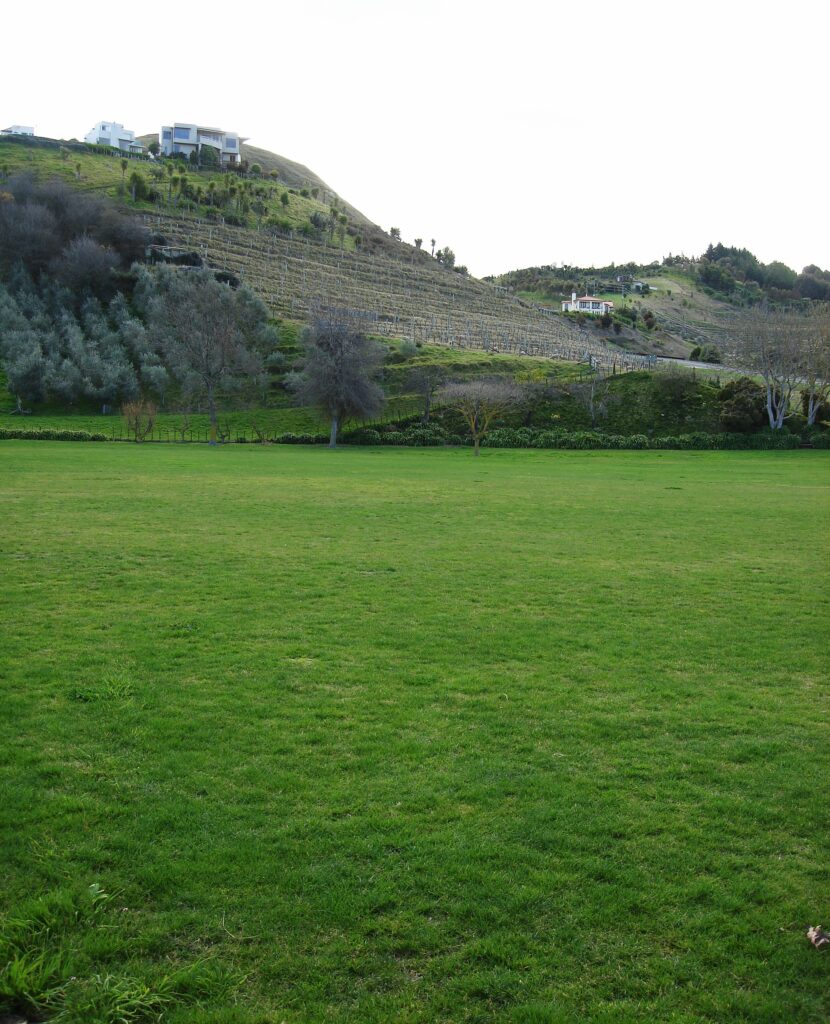
Having a good research and development arm, whereby one can plan, experiment, record, and then further plan, experiment, and record allows for the production of wines that are better and better. The result is that wine lovers enjoy wines today that are of a much higher quality level these days than in the “good old days”, that weren’t always really so good. Making better and better wines is not happening by chance, but is the result of hard work, dedication, experimentation and research. Relative to Church Road, the single vineyard and variety ONE series of wines (Church Road 1) reflect the exploring part: the single vineyard Malbec wine is a real pleasant surprise. The TOM series goes one step further: its three wines, a Chardonnay, a Syrah and a a Cabernet Sauvignon-Merlot blend show why they represent the pinnacle of quality at Church Road. The Chardonnay wine has the attractive fruit and right amount of oak influence while retaining acidity, freshness and penetrating power, falling in style somewhere Chablis (that can at times be too lean) and California Chardonnays (that can often be too big and sweet, in fact almost caricatural in their delivery of buttery, low acid, ripe fruit). The Syrah wine is absolutely a beauty, especially in those great years in which it has the ripe fruit, the floral notes and the concentration that has made Australian Shiraz famous, but also carries the cool climate elegance typical of New Zealand’s best wines and that is treasured by many wine lovers.
The wines in this tasting report
All the wines described in this report were tasted in Shanghai in November 2024.


